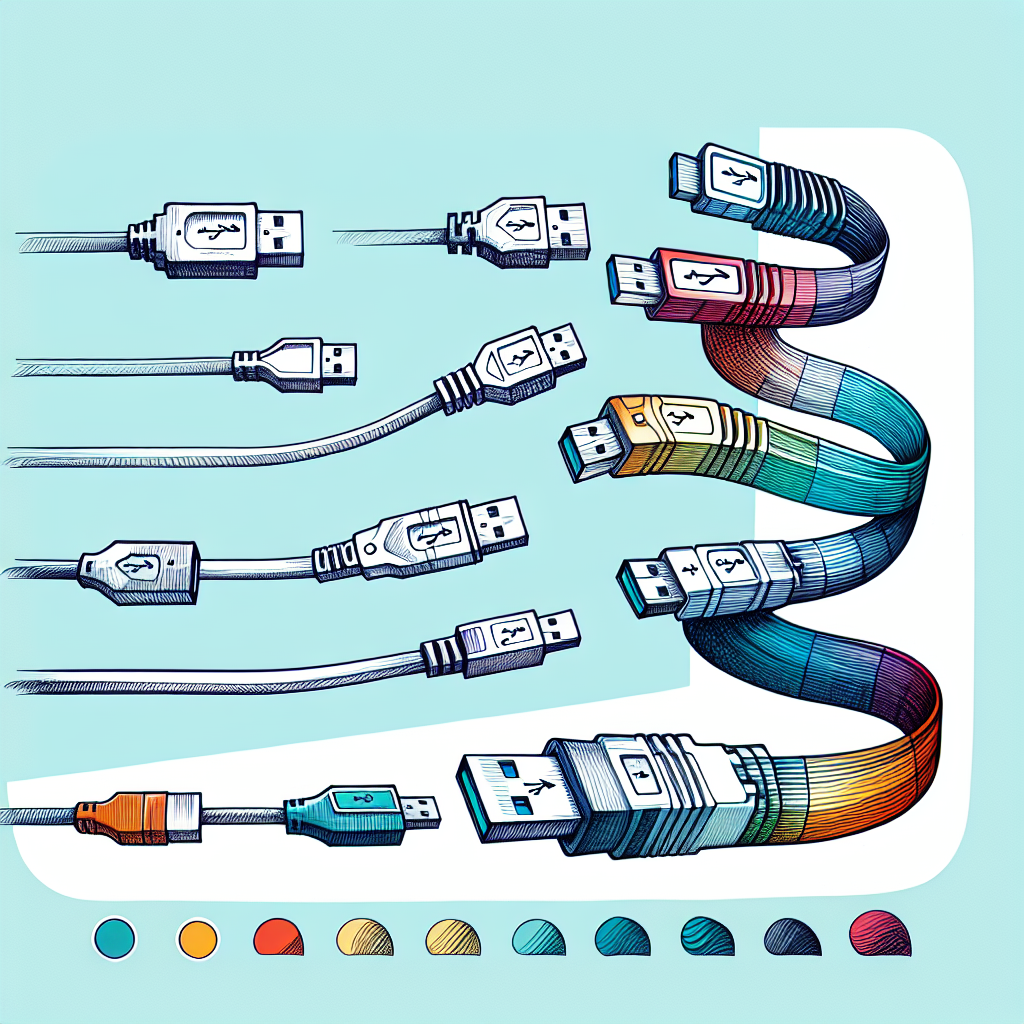Your cart is currently empty!
The Evolution of USB 3.0: Faster Speeds, Greater Efficiency

When it comes to transferring data between devices, USB technology has been a game-changer. Over the years, USB 3.0 has evolved to provide faster speeds and greater efficiency, making it an essential component of modern computing.
USB 3.0, also known as SuperSpeed USB, was first introduced in 2008. It offered a significant improvement over its predecessor, USB 2.0, with data transfer speeds of up to 5 gigabits per second (Gbps) – ten times faster than USB 2.0. This increase in speed revolutionized the way we transfer files, allowing for quicker backups, faster data transfers, and improved overall system performance.
As technology continued to advance, the need for even faster data transfer speeds became apparent. In response, USB 3.1 was introduced in 2013, offering speeds of up to 10 Gbps. This evolution of USB technology provided an even greater boost in performance, making it ideal for high-speed data transfers, video streaming, and gaming.
But the evolution of USB technology didn’t stop there. In 2017, USB 3.2 was introduced, pushing data transfer speeds even further to 20 Gbps. This made USB 3.2 the fastest USB standard to date, providing unparalleled speed and efficiency for a wide range of devices and applications.
In addition to faster speeds, USB 3.0 has also improved efficiency in terms of power consumption. The latest USB standards have introduced new power delivery capabilities, allowing devices to charge faster and more efficiently. This has been particularly beneficial for mobile devices, such as smartphones and tablets, which rely on USB technology for charging and data transfer.
Overall, the evolution of USB 3.0 has brought significant benefits to consumers and businesses alike. With faster speeds, greater efficiency, and improved power delivery capabilities, USB 3.0 has become an essential component of modern computing. Whether you’re transferring files, charging your devices, or connecting peripherals, USB 3.0 continues to play a crucial role in our digital lives.

Leave a Reply